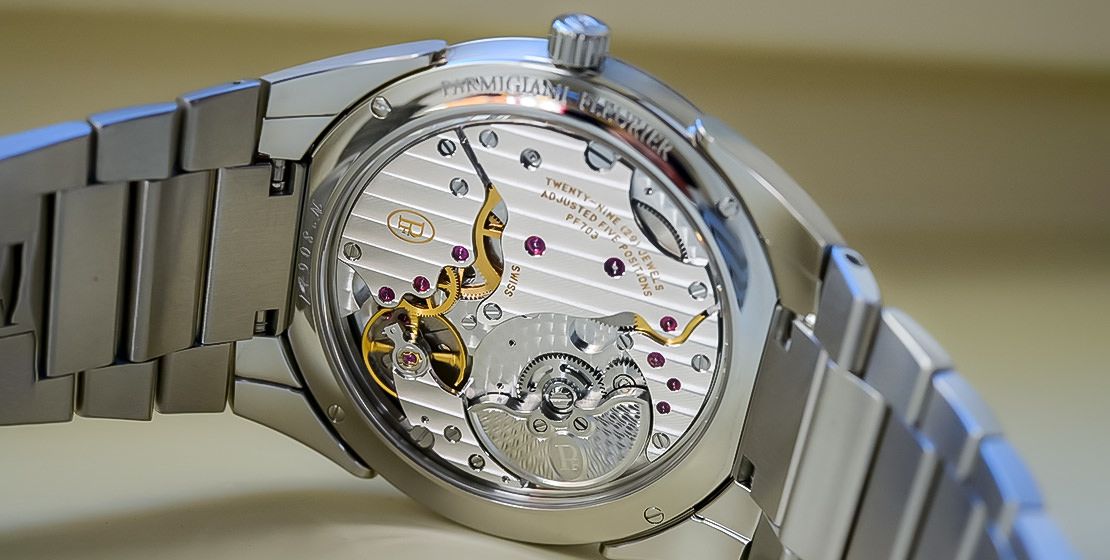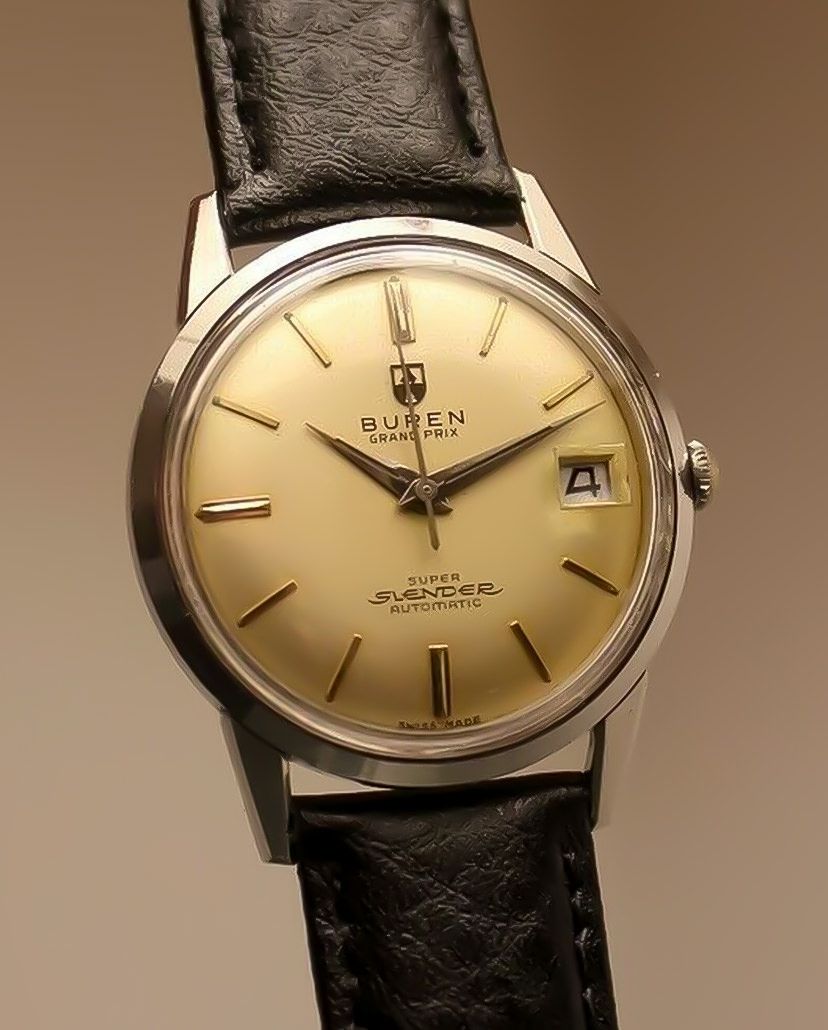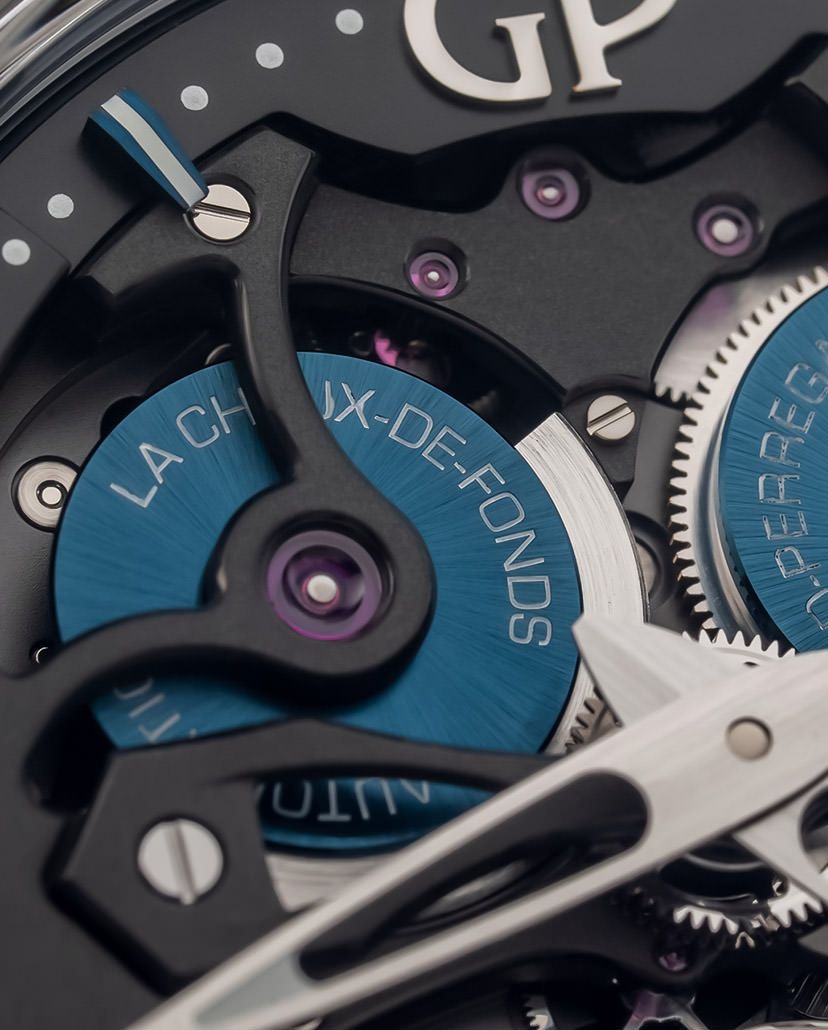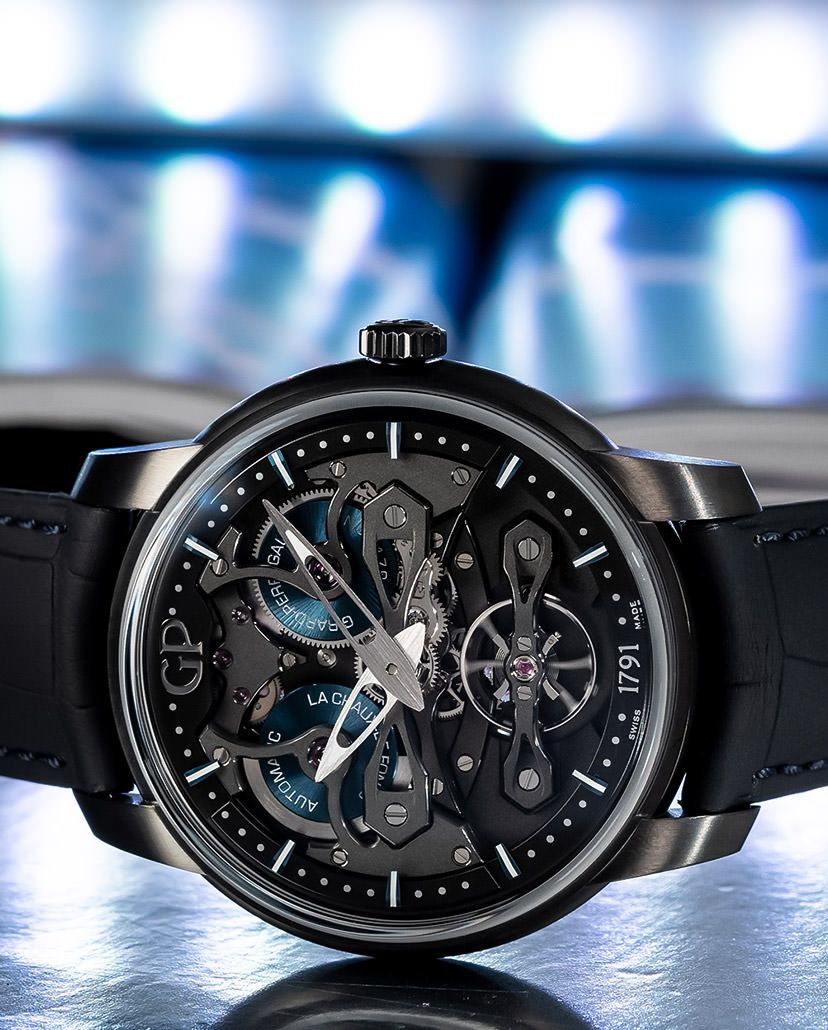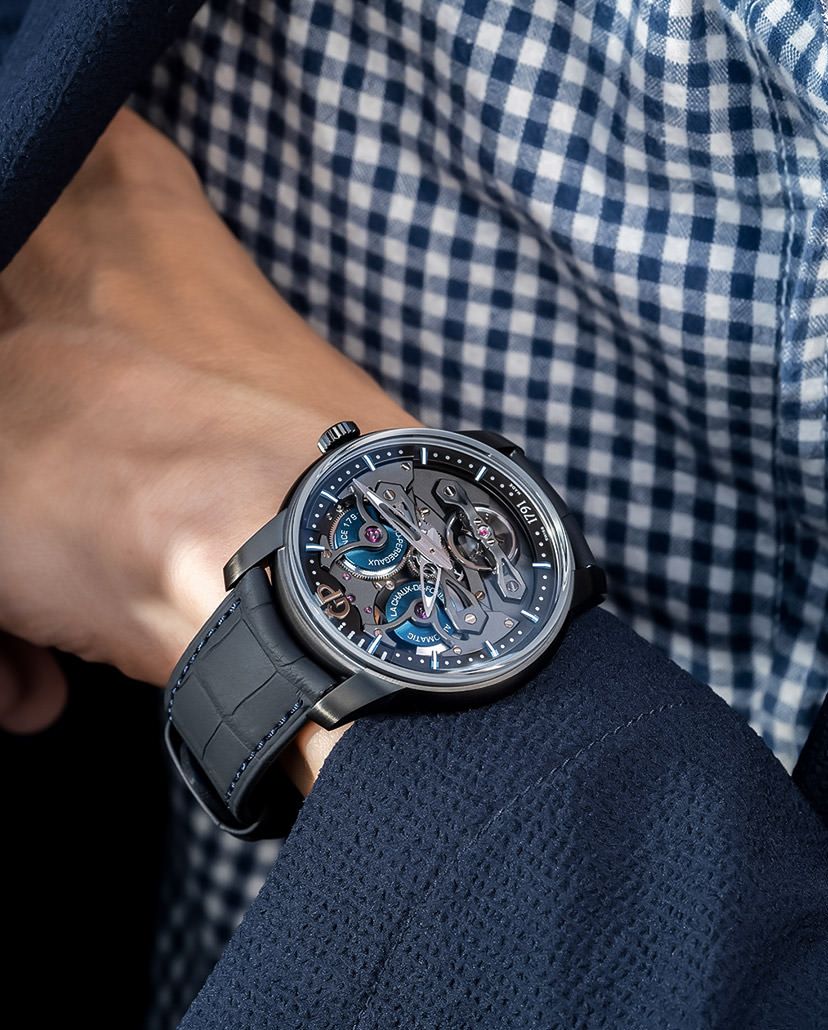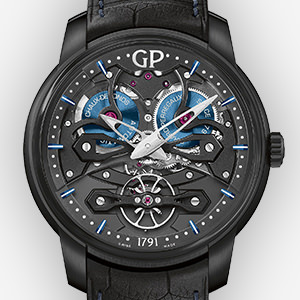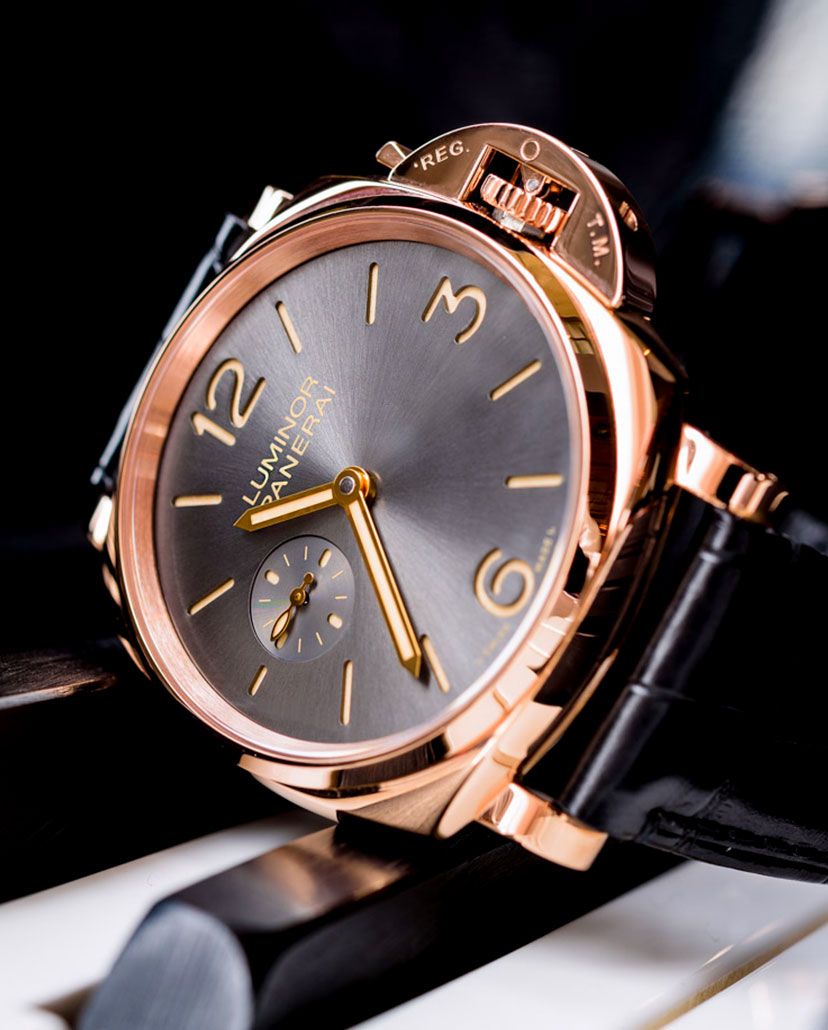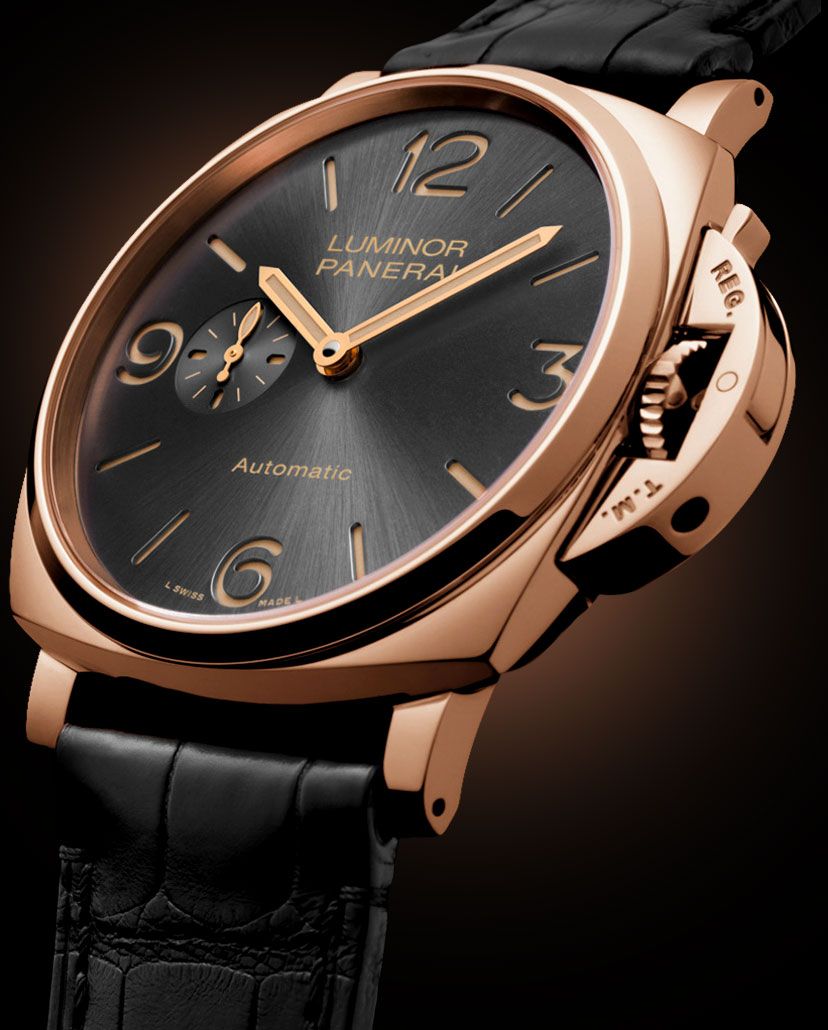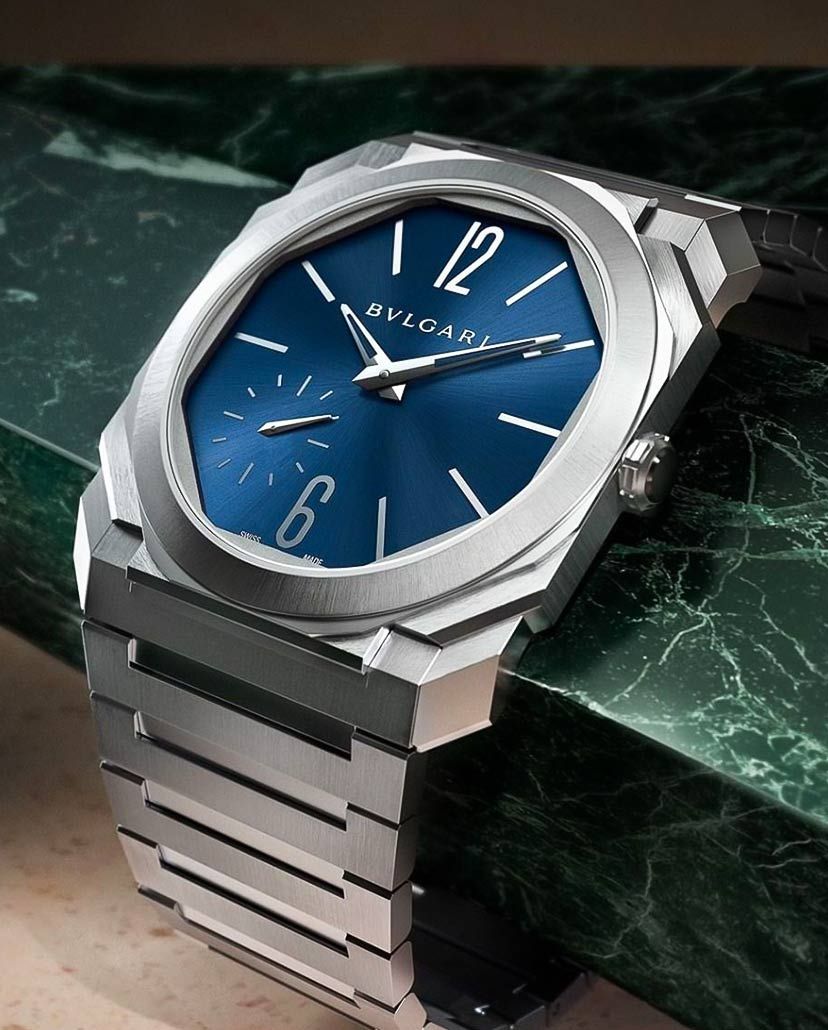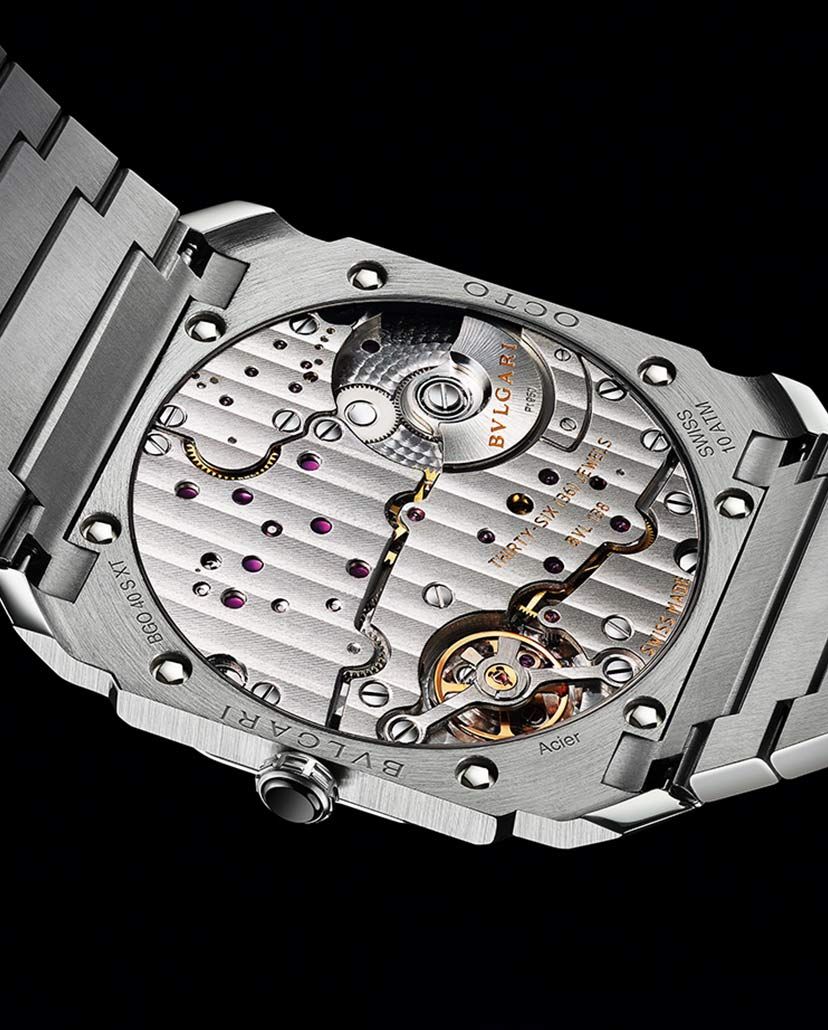FeatureThe Space-Saver: A Guide To Micro-Rotors Of Compact Automatic Watch Movements
A micro-rotor is a smaller or more compact version of the usual rotor or oscillating mass that winds automatic timepieces. Unlike the central rotor, it is integrated into the movement, which allows movement makers to drastically reduce the thickness of the calibre. Let’s delve deeper into to understand the evolution of micro-rotors and how they became an integral part of several slim movements
May We Recommend
A mechanical watch is nothing short of a technical marvel. It’s like a complex machine, featuring hundreds of moving components, working together in perfect synchrony, and powered by nothing but the natural movement of the hand. Accurate up to a bare minimum of a few seconds per day, a mechanical watch not only showcases time but also allows the wearer to have an intimate relationship with it. The wearer can pull out the crown, stop the time, make adjustments, push the crown back in and then time resumes. Owing to its ticking mainspring, which is attached to a movement that comes with a set of tiny springs and gears, the device serves as the best possible way for looking at time as it unfolds minute by minute, second by second.

A crucial part of several mechanical watches is the micro-rotor. Let’s first understand what a rotor is, how it works and where it came from. Invented around 1790 by a Swiss watchmaker, Abraham-Louis Perrelet, rotors were originally used in pocket watches. It’s essentially a mechanical weight, which rotates freely by the movement of the wrist and provides the energy that the mainspring requires to make the movement tick. Subsequently, rotors were introduced in wristwatches and they reached the pinnacle of popularity during the 1960s. However, one of the biggest challenges for watch manufacturers has been to shrink the size of a rotor to build a slimmer movement.
The problem is that small rotors don’t usually function properly, since they are lighter and their weight may not always be sufficient to wind the mainspring. To overcome this, manufacturers have created rotors that can swing in both directions, with bi-directional ratchets that help the weight to wind the spring both ways. This has given rise to some of the smallest rotors ever seen, including micro-rotors.
The Beginning
The roots of the idea of a micro-rotor can be traced back to 1954, when a Swiss watch company, Universal Genève, filed a patent for the concept. However, the component wasn’t invented until 1958, when the Buren Watch Company and Piaget, almost simultaneously introduced it in the market. Later, through an advertisement that came out in 1965, Buren claimed to have invented the micro-rotor a year before Piaget did. Regardless of who first devised it, the race to quickly manufacture a micro-rotor symbolises the quest for innovation, better performance and slimmer timepieces.
The micro-rotor that Buren Watch Company came up with was designed by the brand’s chief design engineer, Hans Kocher, who termed it as ‘planetary rotor’ because it reminded him of a planetary gear. It was released in their calibre called ‘Super Slender’, which was among the flattest automatics of its time—it measured just 4.15mm in width—and powered timepieces that were crafted by watch companies such as Hamilton, Bulova and Dugena.

Around the same time, Piaget unveiled their micro-rotor mechanism with the launch of the calibre 12P, which was mind-blowingly sized at just 2.3mm. The beautifully decorated movement was the thinnest in the world and featured an off-centred micro-rotor that was crafted from 24-karat gold. It not only showcased the brand’s skilful craftsmanship but also cemented their place as among the foremost watch manufacturers in the horological industry. Soon after this, Universal Genève too launched their first micro-rotor movement, the calibre 215, but it wasn’t as slim as the aforementioned calibres. The movement with 28 jewels, and offering a 60-hour power reserve, measured 4.2mm.
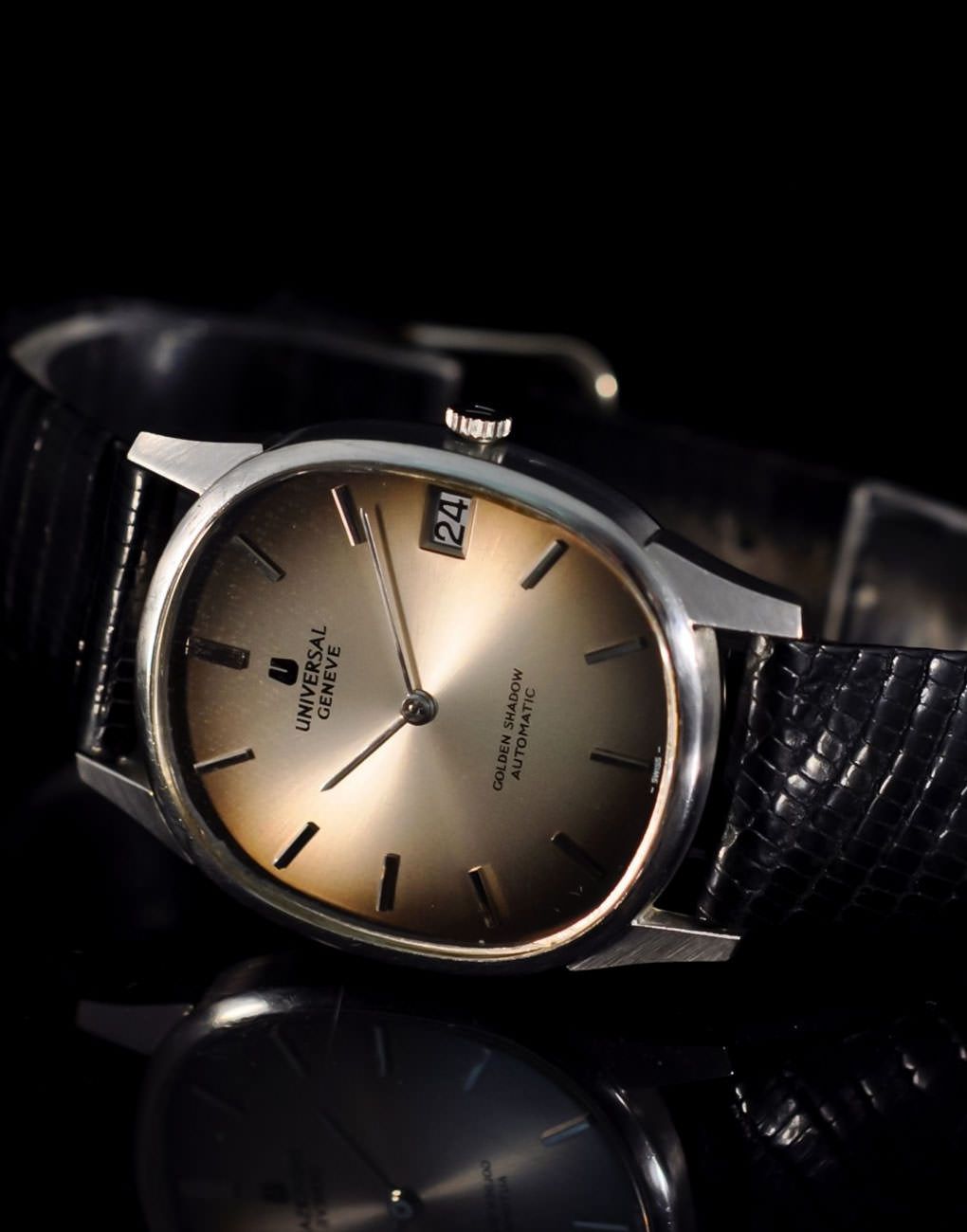
The Evolution
By 1962, the second generation of micro-rotors began appearing and Buren led the evolution of this component from the front. They further refined their ‘planetary rotor’ mechanism and introduced it with newer movements, such as the ‘Intramatic’ line. Year after year, the watch brand unveiled extremely thin movements and among them, the most notable one was the calibre 1321 ‘Intramatic’, which was introduced in 1964 and was just 2.8mm thick. Meanwhile, Universal Genève also kept innovating and improving their technology. They finally beat Buren in the race of crafting the slimmest movements with the launch of their elliptically-shaped Golden Shadow model at the 1966 Basel fair. It was equipped with the new calibre 2-66, and was just 2.5mm thick.
Another landmark moment came around seven years after the launch of the first ‘Intramatic’ movement, when Buren modified their famous calibre in collaboration with Breitling-Leonidas, Dubois-Depraz (a renowned and prolific supplier of the industry), Hamilton and Heuer to create one of the world’s first automatic chronographs in 1969, the Chronomatic. Although it still featured the micro-rotor by Buren, the component was completely hidden by Dubois-Depraz’s chronograph module.
In 1977, when the quartz crisis was at its peak, Patek Philippe introduced their micro-rotor movement, the calibre 240, that was merely 2.53mm thick. It was so thin that they had to craft the micro-rotor from 22-karat gold in a bid to optimise the energy yield of the winding performance. Such was the success and critical acclaim of the movement that it is still in use today.
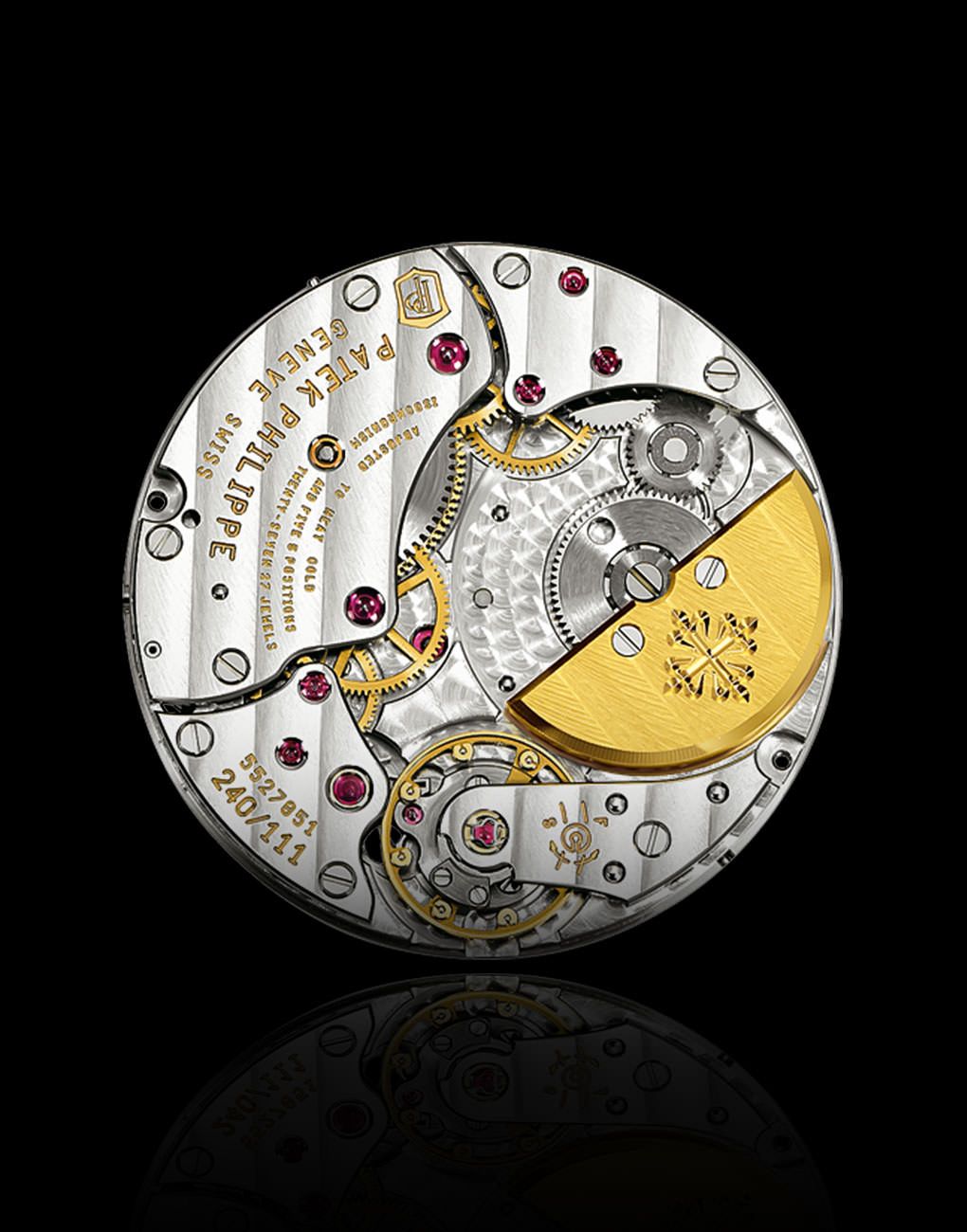
The Present
As of today, it’s not easy to come across modern timepieces equipped with micro-rotor movements. Part of the reason is the component’s inherent drawbacks such as its lower inertia than a large-size rotor, due to which it winds mainsprings less efficiently. To counter this issue, what the watchmakers do is craft the micro-rotor from extremely heavy materials like 22-karat gold and platinum but it results in a substantial increase in the overall price of the timepiece. However, there are still a handful of watchmakers who want to stand out from the crowd and have continued to incorporate micro-rotors.
One such brand are Girard-Perregaux, which began using micro-rotors around two decades ago with the launch of their Tourbillon with Three Bridges. Thanks to the model’s wide commercial success, the component became a mainstay and is still an integral part of many of the Swiss watchmaker’s timepieces. Over the years, other watch manufacturers too joined the niche club of crafting micro-rotor movements. In 2014, Panerai, best known for the military-inspired timepieces, released their first such calibre, called the P.4000. The 3.95mm movement comes with a choice of a tungsten-built micro-rotor or one made from 22-karat rose gold. And then, Bulgari introduced the Octo Finissimo Automatic and pushed the whole horological industry into a frenzy.
Released in 2017, the Octo Finissimo Automatic featured Bulgari’s BVL 138 movement—a mere 2.23mm calibre that broke the Piaget calibre 12P’s long-standing record of being the thinnest movement. Capable of running at the frequency of 21,600vph, the movement provided a power reserve of 60 hours and featured a platinum micro-rotor. The BVL 138 not only exhibited Bulgari’s boundless innovation but also paved the way for future movements to come.
The Future
It might be a rarity to find micro-rotor-equipped timepieces in but the component remains widely popular among watch aficionados. Loved for not obscuring the beauty of a movement, micro-rotors have become a perfect platform for watch manufacturers to exhibit their mastery in engineering and passion for stylish aesthetics. Given that only a few brands have perfectly executed this mechanism, micro-rotor timepieces have been and will continue to find a special place in the hearts and minds of collectors.


